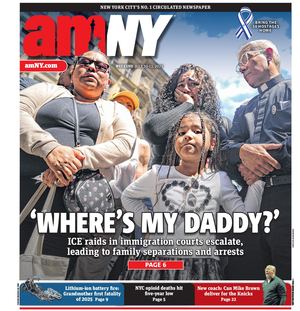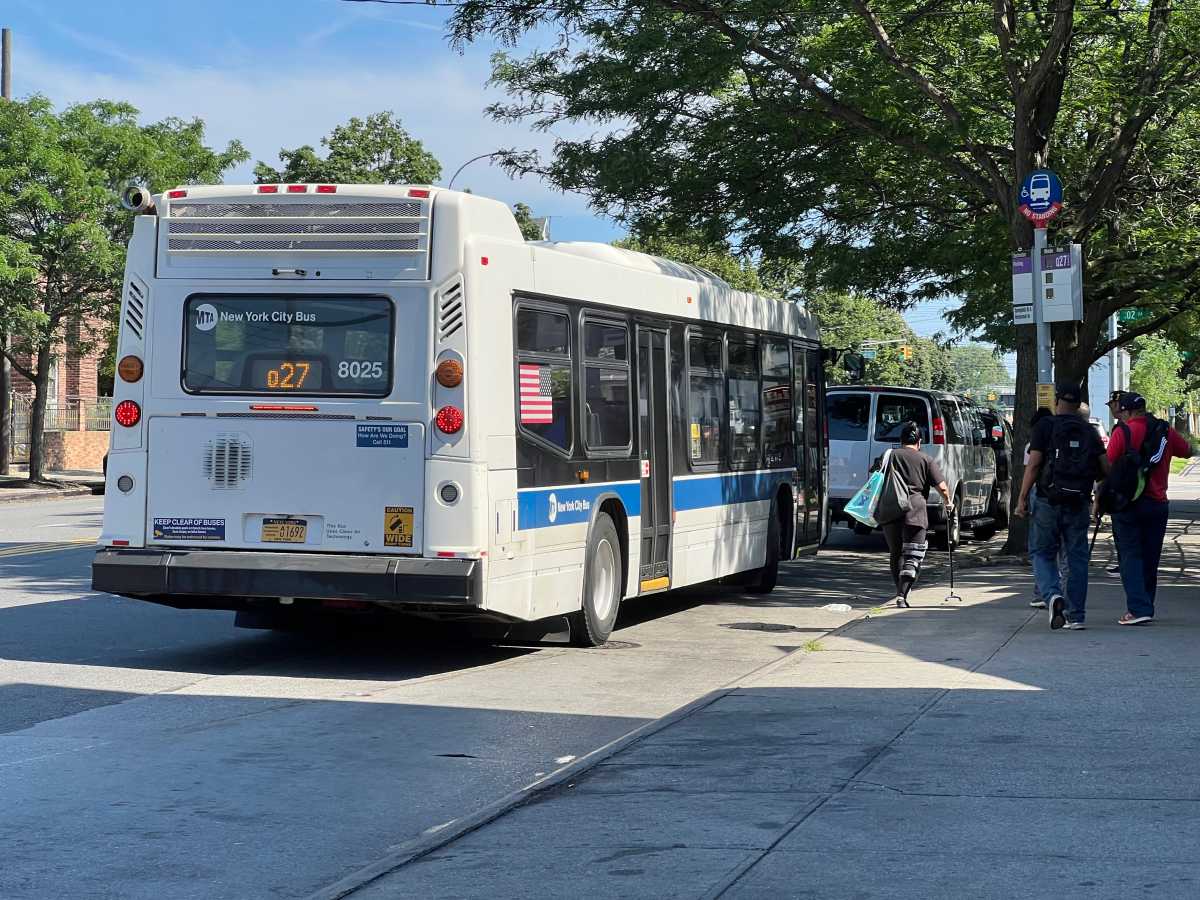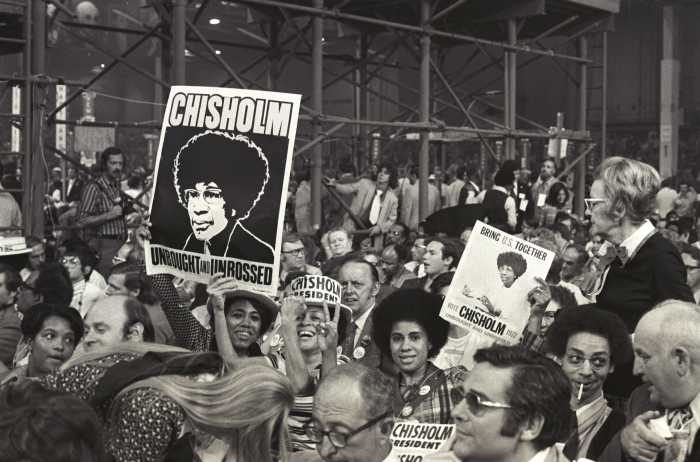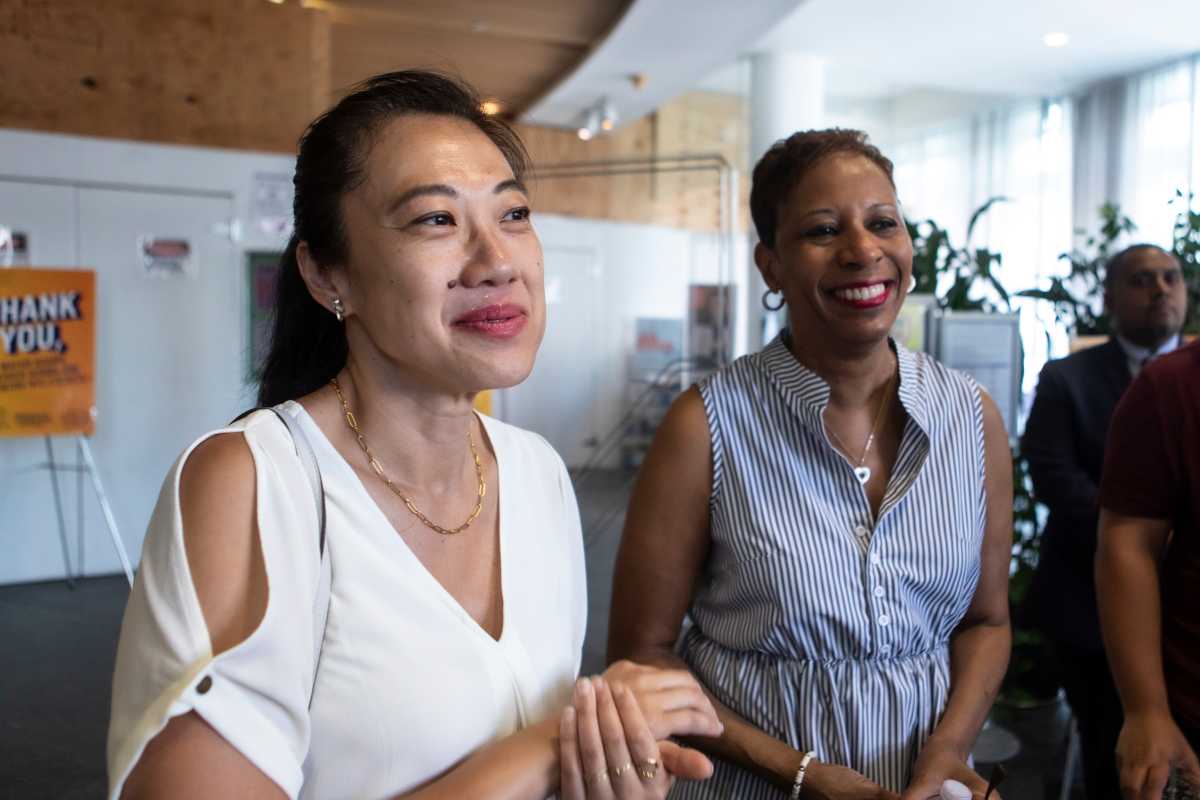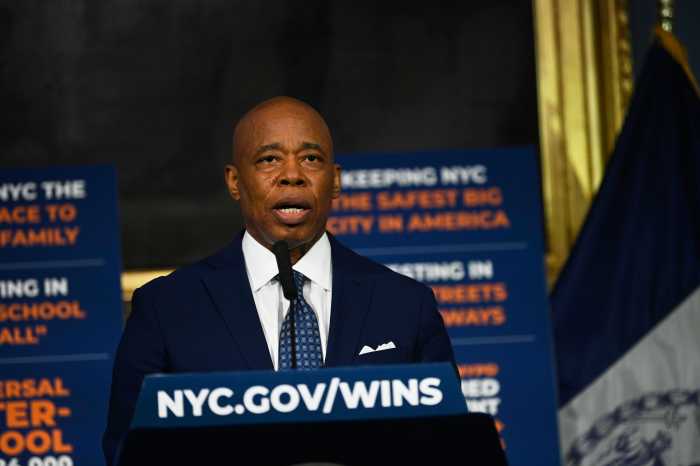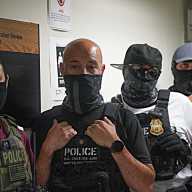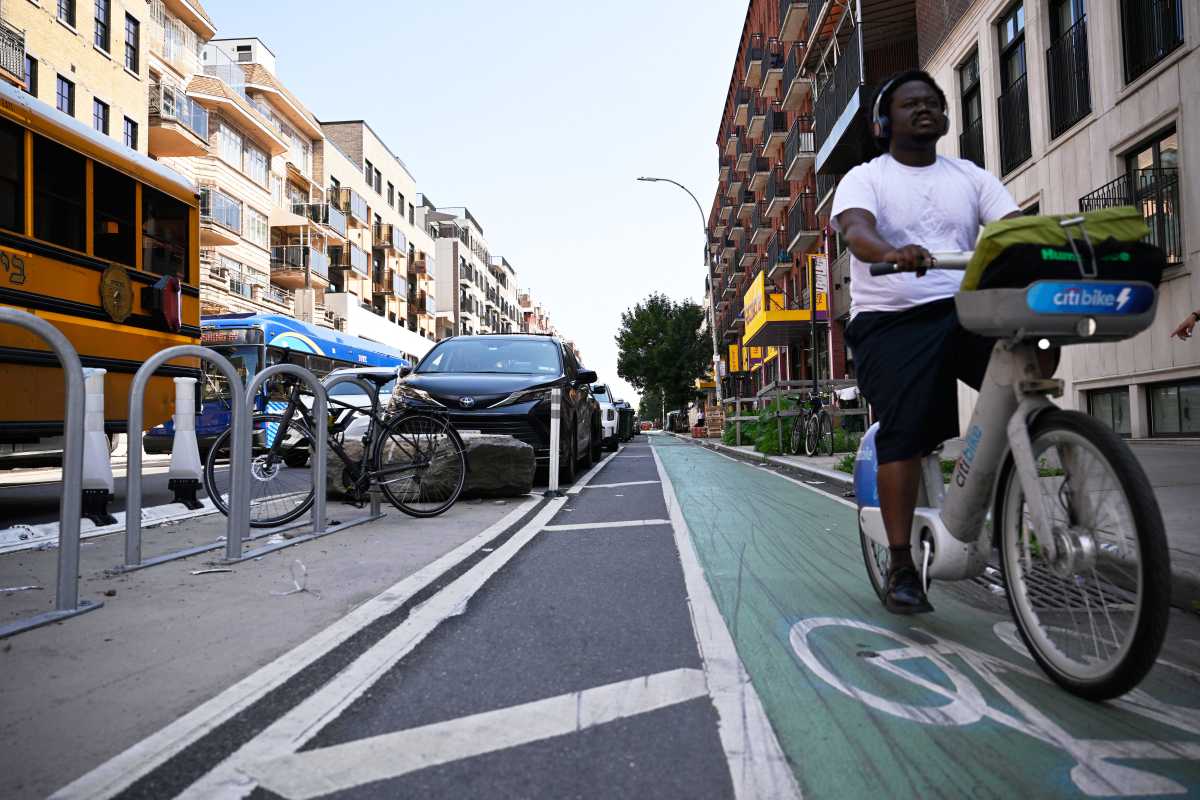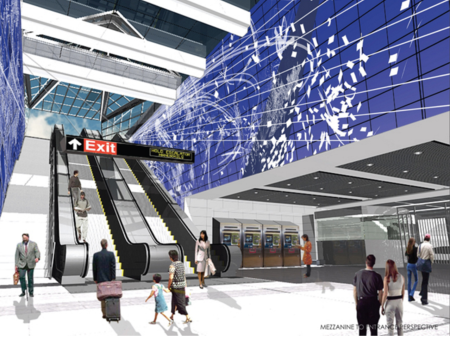
BY PAUL SCHINDLER | Nobody has ever held their open palm out while the Metropolitan Transportation Authority was making a public disclosure and said, “Too much information.” And the Second Avenue Subway has long been the butt of jokes about its firm place in the universe of things that ain’t never goin’ happen.
Still, coming as it did after months of bickering over the city’s share of the MTA 2015-2019 capital budget — a dispute resolved when Mayor Bill de Blasio announced the city would more than triple its contribution, from $657 million to $2.5 billion — it was a bona fide shock when the transit agency’s board announced that it was cutting nearly a billion dollars in funding for phase 2 of the Second Avenue Subway, reducing outlays on the extension from 96th Street to 125th Street to just $535 million over the next four years.
“Announced” might actually not be the right word, since what transpired is that its board met, approved an overall capital plan totaling three billion dollars less than originally projected, and then released the written back-up in which the phase 2 line item had been reduced.
What this means is that while it hopes to begin Second Avenue service between 96th and 63rd Streets late next year, the MTA will not begin “chewing rock” on the tunnel needed for the extension north through East Harlem until at least 2020.
Just two weeks ago, the agency’s spokesperson, Adam Lisberg, was sounding a whole lot more upbeat about the prospects for moving the project along, saying, “In the next five years, we can finish designing and planning what the next phase will look like. We’ll acquire any necessary properties and hopefully actually get some shovels in the ground and start work.”
Now Lisberg is explaining that, operationally, the agency would not be able to “get a tunnel-boring machine in place” within the next four years, comments that his boss, MTA chair Thomas F. Prendergast, felt compelled to reinforce in a written statement on Tuesday. Prendergast, apparently finally feeling some heat from exasperated elected officials and transit advocates, pledged to be as aggressive as possible in accelerating the schedule on which the capital plan that was adopted relied.
Not being a transportation engineer, it’s beyond my range to judge the operational contingencies constraining progress on the 96th to 125th Street extension, though even if I were, it’s doubtful I could wrangle the information out of the MTA needed to make an informed decision.
Because what’s really at issue here is transparency. How can it be that a decision of this import on a critical Manhattan transportation infrastructure need comes as a surprise not only to the public and transit advocates, but also to the mayor, the city comptroller, the borough president, the City Council speaker who represents the neighborhood affected by the delay, two other East Side councilmembers, the neighborhood’s state assemblymembers and senators, and Carolyn Maloney and Charlie Rangel, the two veteran members of Congress who represent the area?
It can only happen when the agency responsible for mass transportation in the nation’s most congested, transit-dependent but also most economically vibrant city is wholly immune from public accountability.
When de Blasio stepped up with a bigger commitment to the MTA capital plan several weeks ago, he said, “Our transit system is the backbone of New York City’s, and our entire region’s, economy. That is why we’re making an historic investment — the city’s largest ever general capital contribution — while ensuring that NYC dollars stay in NYC transit, and giving NYC riders and taxpayers a stronger voice.”
That last phrase now seems like a pipe dream. And it’s not like the mayor was some sort of political naïf when it came to trusting the MTA. Both he and Comptroller Scott Stringer, among others, complained throughout the fight over city funding for the capital plan that MTA finances and operations suffer from a lack of transparency that forces New York City to shoulder more than its fair share of fiscal responsibility for the system.
Assemblymember Robert Rodriguez, who represents East Harlem, raises another disturbing aspect of all this — the “economic injustice” of asking his community to bear the brunt of this delay. In a letter to Prendergast, Rangel and Maloney highlighted the income disparities between East Harlem and the neighborhoods south of 96th Street.
Phase I was the logical place to start on the Second Avenue effort, since connections at 63rd Street allowed a 33-block stretch of the new line to connect up with the rest of the subway system while beginning to ease some of the crushing overcrowding on the Lexington Avenue line. Still, Rodriguez has every right to demand that his neighborhood be brought on line at the earliest possible date.
Again, the problem here may or may not be an operational or technical one. But it is surely one of public disclosure and transparency. The manner in which the MTA informed the public — and, in particular, a community which already suffers on many other accounts in the delivery of public services — of a wholly unanticipated delay in an important infrastructure improvement is simply not acceptable. This episode should strengthen the resolve of local elected officials in demanding that the transit agency reform its practices and open itself up to greater public scrutiny and input.
